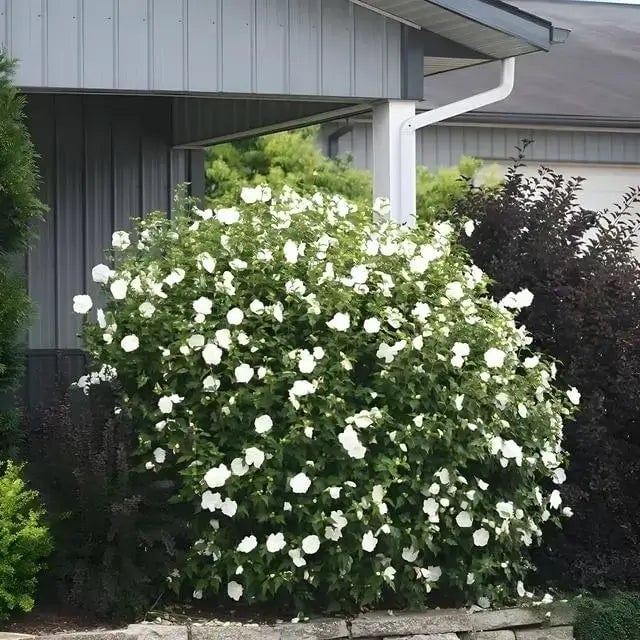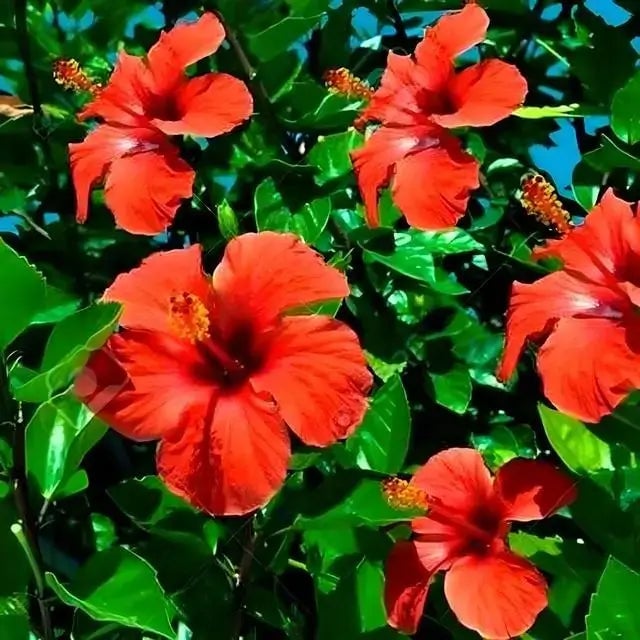How to Grow Healthy Roses
Watching a rose slowly unfurl its petals and release that trademark sweet fragrance in the air is an unforgettable experience. There is no need for professional help if you wish to grow beautiful and healthy roses. There are just a few things that any gardener can do to grow delightful blooms in their garden.
There are wide varieties of rose plants. Before you can tend to them, choosing a suitable variety for your garden and climatic conditions is essential. Hybrid tea roses, climber plants, floribunda, shrub roses, miniature roses, and rugosa are a few of the most popular varieties of roses that you can choose from. Rose plants thrive on sunlight, requiring at least 5 to 6 hours daily. If you live in a colder region, look for a variety of roses that require less sun.
It is essential to plant roses at a possible time for their healthy growth. The late fall and early spring are the perfect time to plant new rose bushes.
Prune your rose bushes. Trimming or pruning is significant for rose growth and health. Focus on discarding the 3Ds—dead, diseased, and damaged parts—from your rose bushes. Removing all the withered flowers, rotting portions, and unproductive canes will mean that the nutrition your roses receive will be spent on making a healthy plant healthier.
Adding leaf mulch or shredded hardwood mulch around your rose bushes will keep them healthy and thriving. The presence of a loving gardener cannot be discounted either. Love your plants and watch them bloom!
Growing roses is both a pleasure and a challenge, all wrapped in a delightful fragrance. Here in the South, we have secrets to encouraging these stunning blooms to flourish. The secret to cultivating robust roses lies in careful preparation, gentle maintenance, and a touch of that Southern charm. Let's get into the details so you can create a rose garden that could compete with the best.
Soil Prep for Thriving Roses
To start, roses crave excellent soil-think rich, loamy, and well-draining. That tough clay soil you often find in the South won't do unless you add plenty of compost or aged manure. Dig a hole about two feet deep and wide, mix in some organic matter, and aim for a slightly acidic pH of around 6.5.
Once the soil is prepped, choose a sunny spot for your roses. They are true sun-lovers, requiring six to eight hours of direct sunlight daily. Clear them of large shade trees or walls that cut off that precious morning sunlight. Good airflow is also crucial to ward off diseases like black spots, which can be a significant issue during our humid Southern summers.
Year-Round Rose Care
When it comes to care, roses appreciate some attention. Water them deeply once weekly, more frequently if the weather dries out. Early morning is the best time to water, allowing the leaves to dry off before nightfall. Wet leaves left overnight can lead to mildew, and we all want to avoid that.
Pruning is another important task. Trim back dead or damaged canes in late winter, just before the new growth begins. Always make your cuts at a 45-degree slope just beyond an outward-facing bud. Feed your roses a balanced rose fertilizer every month during their growing season to keep them thriving and blooming.
Pest control is critical, too, but avoid using too many chemicals. Ladybugs and praying mantises are your allies in the garden. If you see aphids or Japanese beetles, give them a blast of water to knock them off or hand-pick them if you feel brave.
With a touch of patience and a whole lot of love, you'll cultivate roses that make the neighbors stop and admire. So, put on your gardening gloves, bless that soil, and get to planting! Roses can be tricky, but we know how to make them flourish here in the South.
Read more

Budget-conscious gardening allows for beautiful and productive gardens without financial sacrifice. Any gardener who implements cost-saving practices will produce a flourishing garden space without...

Information about Ginseng Roots The Chinese and the Native Americans have known about the cure-all restorative powers of the ginseng root for thousands of years. There was a time when the ginseng r...





